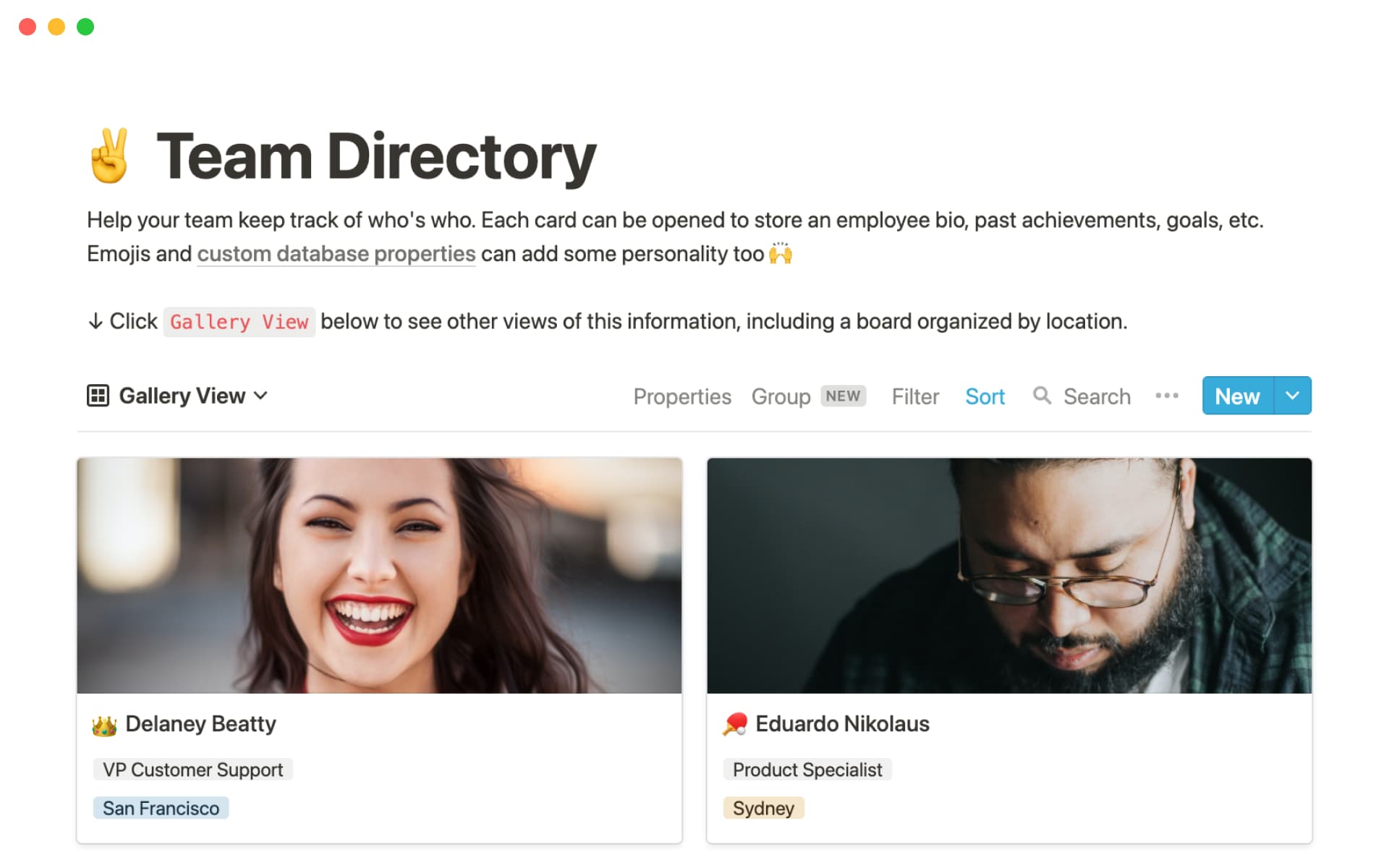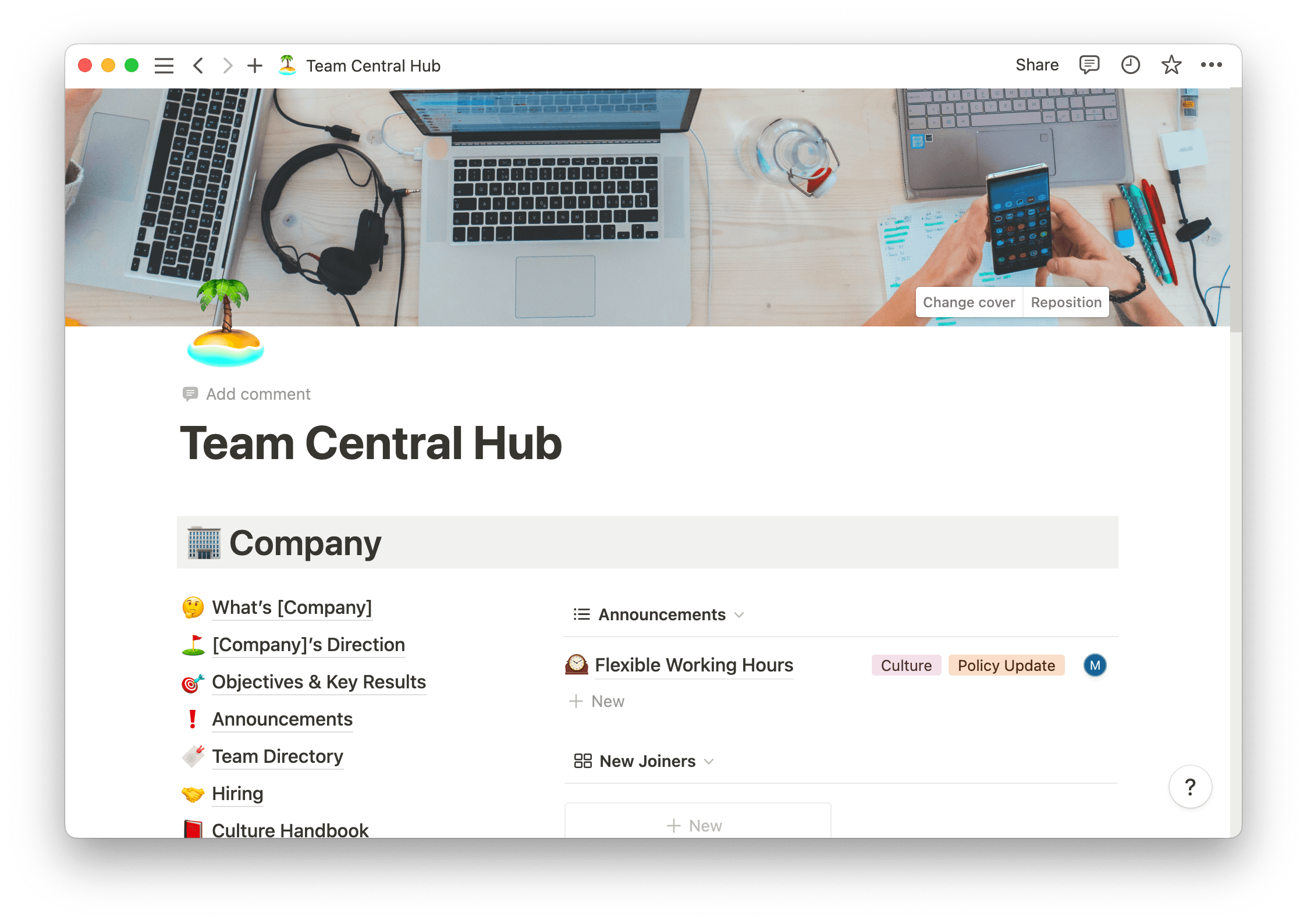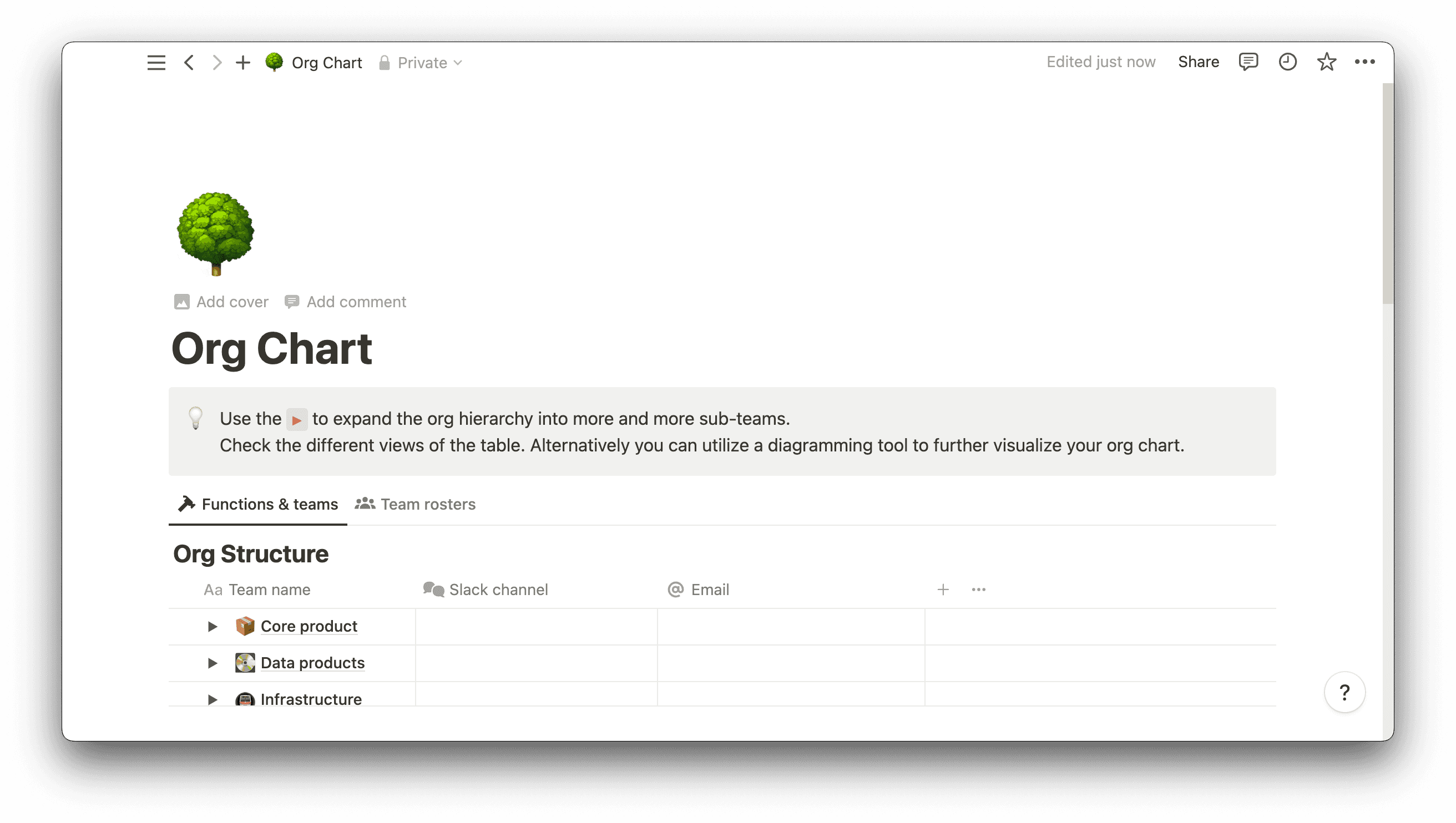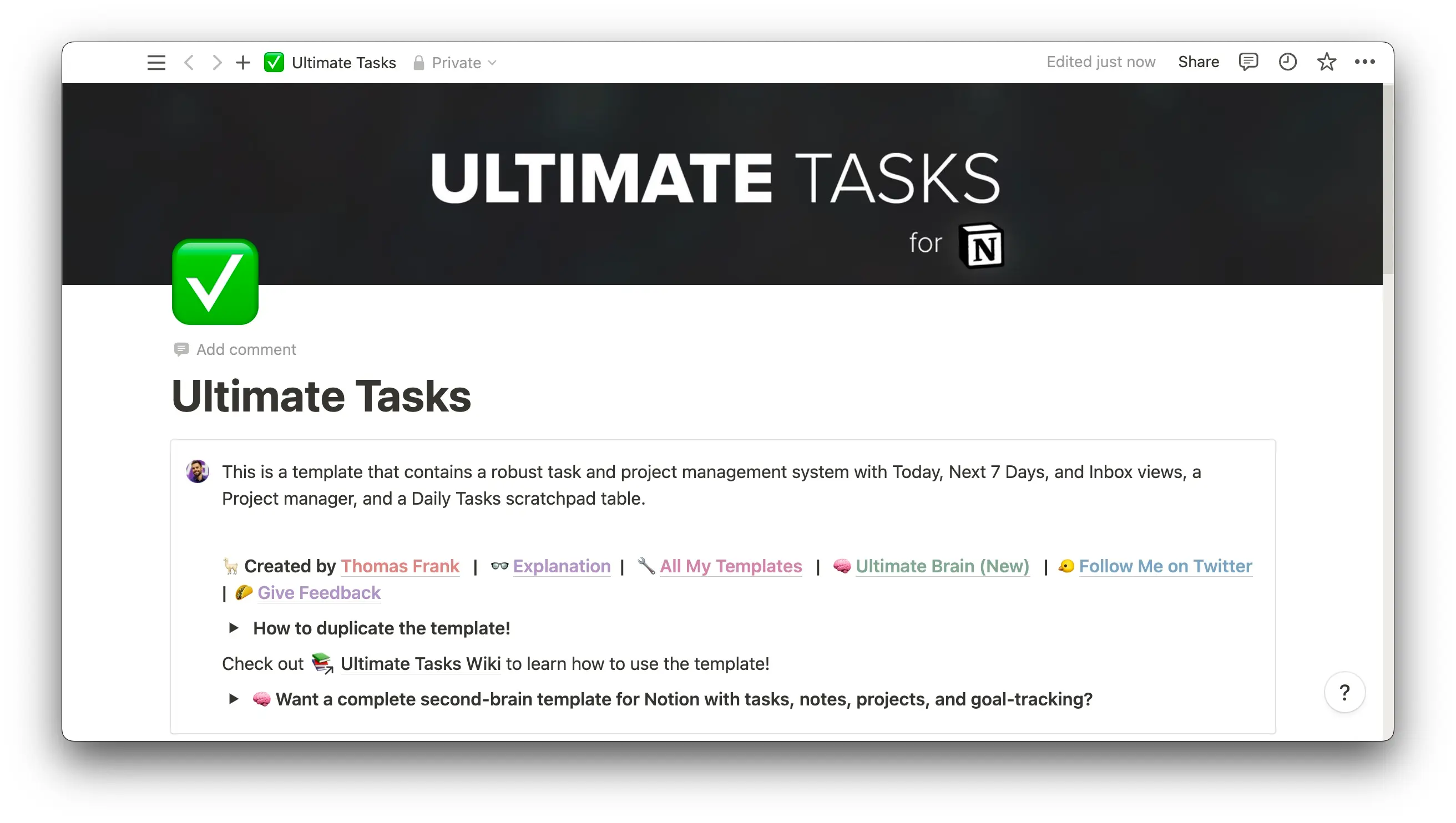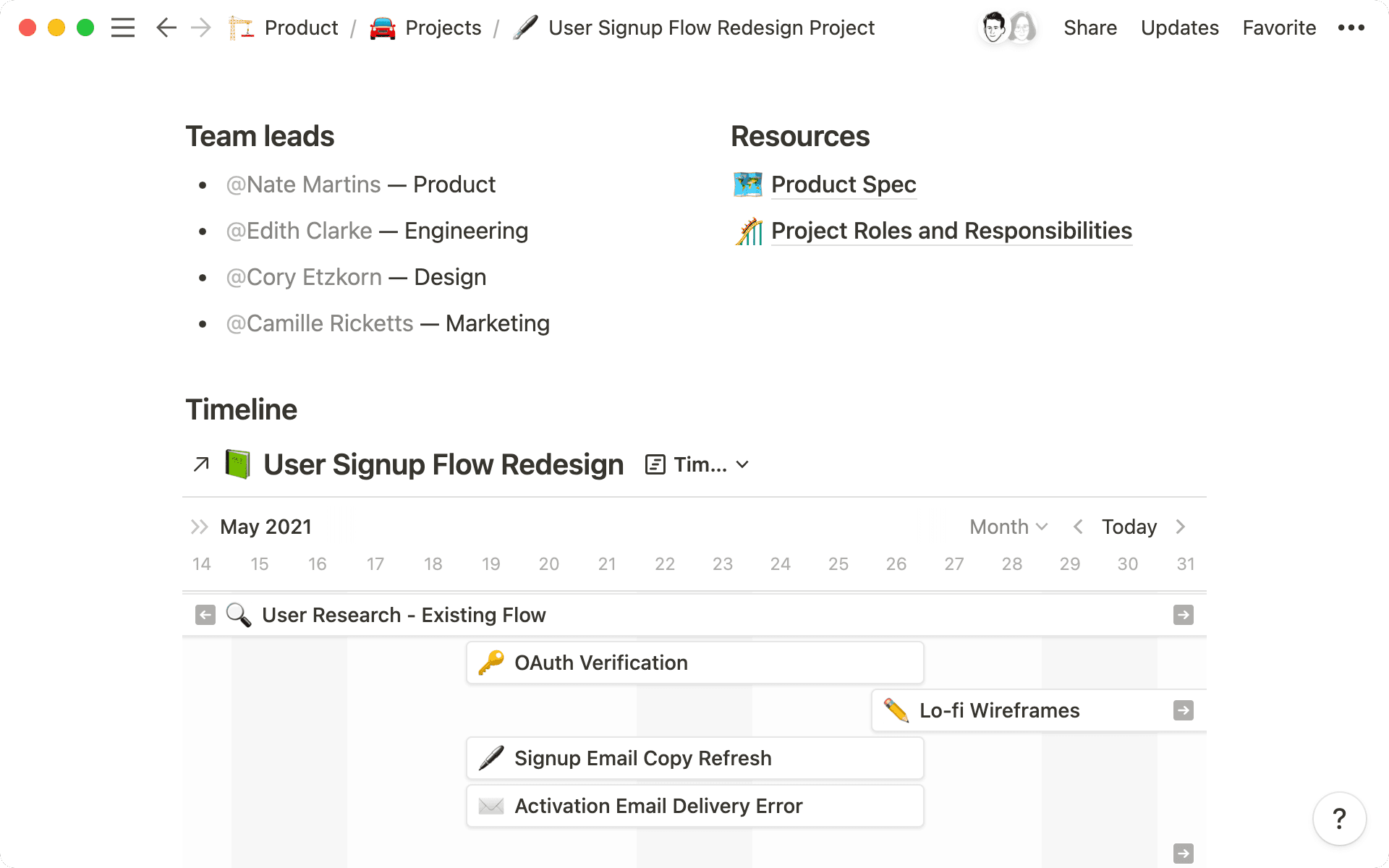Agile work doesn’t begin and end with savvy project planning. Organizational structures also have a part to play in successful execution.
Traditional hierarchical organization structures trickle down, placing leaders at the top and others at the bottom. Usually, everyone has just one person to report to. That works for some companies, but these reporting structures don’t streamline communication or facilitate faster work. What if you could distribute management with more intention?
Matrix organizational structures are dynamic. They foster collaboration with a clear focus on deliverables, making them an excellent option for teams seeking flexibility, knowledge sharing, and efficiency.
What’s a matrix organization?
A matrix organization is a company that heads its teams with a combination of project managers and traditional leaders instead of just the latter.
The classic top-down structure of traditional org charts — functional organizations — has a CEO at the peak and managerial employees a few tiers down. In most cases, everyone reports to one person.
But in matrix structures, employees report to both their functional and project managers (or matrix managers). An IT sales professional may report to an IT or marketing project manager, but also to department leads. A matrix chart shows how that person relates to both types of leaders.
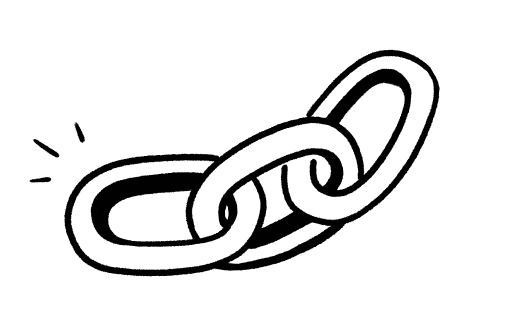
This project-level view considers deliverables before function, and for companies focusing on action, an intentional structure can be more effective. Matrix organizations allow for cross-functional teams with more than one person at the helm, which distributes responsibility and lets everyone focus on what they do best.
The matrix structure doesn’t override the traditional functional one — it adds to it. Project managers and traditional leaders work together to create an organized, streamlined system that prioritizes a high-quality end product.
The 3 types of matrix organizational structures
There are three core matrix organizational structures: weak, strong, and balanced. These models don’t approach organization in different ways, instead determining which party has more authority in a project: the project managers or traditional leadership. Think of these structures as seesaws or scales that tip toward the side of the person or team with more decision-making power.
Weak matrix organization — in a weak matrix structure, company leadership has more power than a project manager. Weak matrices earn their name because project managers don’t have as much say over planning aspects, like timelines and budget, as department leaders do, and that could lead to poor decision-making.
Strong matrix organization — in this management model, a project leader has more authority than company leadership. This structure encourages accountability from project managers, putting decision-making in their hands. It’s the “strong” option because it places a heavy focus on the quality of the project.
Balanced matrix organization — in a balanced matrix, team leaders and organizational leadership share equal responsibility for a project. Balanced models promote teamwork, open communication, and fluid processes. With all hands on deck, project decisions don’t stall, and organizational health doesn’t suffer if one person slips up.
Benefits of a matrix organizational structure
Any structure that improves communication and boosts efficiency offers bountiful wins. But how does a more nuanced organizational structure achieve that success? Here are a few ways:
Improved knowledge-sharing — flexible organizational structures promote knowledge-sharing because more people can access high-level information. Plus, matrix models have a stronger idea of what team members should know, leading to better hiring decisions and training processes.
Better decision-making — silo decision-making rarely leads to informed choices. But a matrix model encourages the transfer of knowledge and opinions. Team members communicate with project and department leaders, voicing ideas and concerns to a larger audience. And thanks to this open communication model, decision-makers have better information when choosing a route forward.
A morale boost — people enjoy working together, and collaboration has been proven to boost productivity. Teamwork encourages learning and communication, which together promote growth, better project results, and a healthier team.

Optimal resource distribution — with different leaders and teams weighing in on project structure, better ideas and resources come into play. People on a project know how long their work takes and the tools they need to complete it, and when managers invite all heads to the table, specialists provide resource-saving insights.
More comprehensive check-ins — in the matrix model, multiple leaders have their fingers on the pulse of a project. That means there’s a higher probability that people will notice delays and potential roadblocks — maybe even before they happen. And when more people have the chance to check in, overall communication improves.
Limitations of a matrix organizational structure
All project management methodologies aim to streamline work, but each one has its pros and cons. Teams work differently, meaning that no two groups can rely on the same structures to perform well — and the matrix structure isn’t immune to this rule.
Here are some potential limitations of a matrix environment:
Head-butting — a matrix structure puts multiple decision-makers at the helm. If they differ on ideas, the ensuing conflict can slow a project and take a hit on leaders’ pride. In the same vein, managers have often worked hard to earn their roles and responsibilities within an organization, and they might not be keen on collaborating. But in a matrix structure, leaders need to meet in the middle and reach a consensus.
Unclear roles — traditional org charts have at least one thing going for them: they’re clear. But matrix reporting structures ask team members to consult with at least two leaders, which could potentially lead to contradictory directives or jumbled responsibilities. To solve the problem, teams can establish role clarity through clear visuals, reporting dropdowns, and accountability. Leaders should also ensure that all team members understand the reporting structure before implementing it.
Bottlenecks — “the more you know, the slower you go” could be the motto of matrix organizational structures, at least when it comes to high-level decision-making. With multiple experts providing information on a potential decision, leaders have more to discuss before making a call. That isn’t necessarily a bad thing. Decision-making time may be slow, but more informed decisions prevent poor project execution and time-consuming mistakes.
Confusing priorities — all leaders have essential roles in the decision-making process. But if one of the guiding voices in the hierarchy pushes team members to complete low-priority work without consulting the others, it’ll disrupt the flow. Leaders need to communicate and agree on key priorities to mitigate confusion, especially if changes come up as the project continues.
Manage better projects with Notion
There’s no right way to manage teams or projects. That’s the beauty of project management. You can discover the best strategies for your chain of command with an open mind and a penchant for learning — and Notion will hold you accountable along the way.
Notion’s templates promote streamlined project management and offer a range of tools, like Eisenhower matrices for organizing tasks, a post-mortem meeting structure for promoting project closure, or PERT charts for coordinating work. The best project management structure is the one that works for your team, and Notion’s wealth of templates let you create solutions that are uniquely you.

